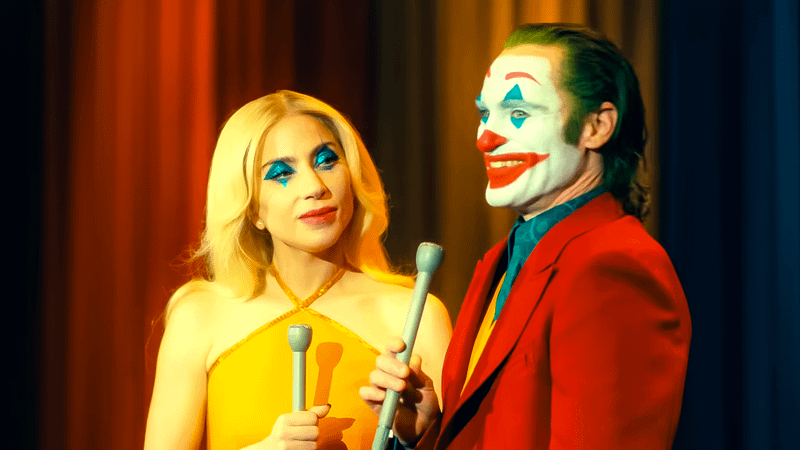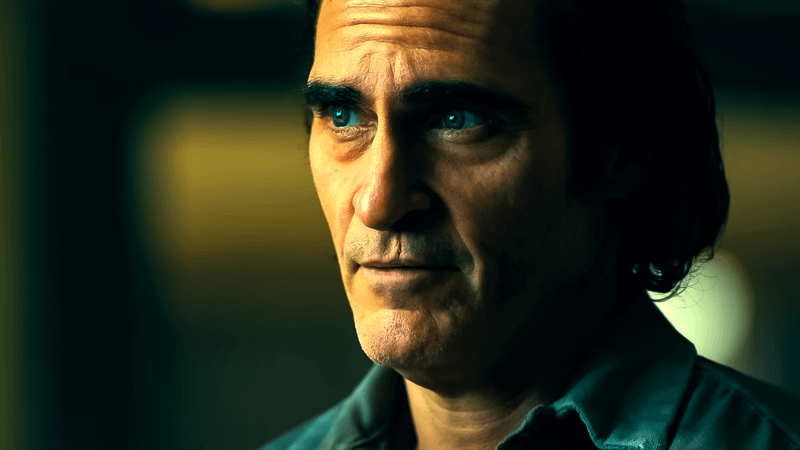Sorry, nothing in cart.
Why Is Joker 2 Movie So Bad? 5 Biggest Factors That Hurt the Sequel
Why Is Joker 2 Movie So Bad? 5 Biggest Factors That Hurt the Sequel
Critics and audiences agree… Joker: Folie à Deux is a major disappointment.
The results are in, and Joker: Folie à Deux is one of the biggest disappointments of 2024.
After ultimately grossing over $1 billion at the box office, 2019’s Joker was a surprise commercial hit of that year, leading to the eventual green light of Joker 2.
Unfortunately, the reception of Folie à Deux is a disaster, earning a weak $40 million domestically opening weekend and earning a historically low D CinemaScore from audiences.
While some will argue there is some merit to the story Todd Phillips tells in Joker 2, critics and fans alike are overwhelmingly upset with the sequel for a few specific reasons.
5 Reasons Why Joker 2: Folie à Deux is Bad
1.) Joker 2 Was Never Meant To Happen

Joker 2 was never part of Todd Phillips’ original vision for the franchise. When the first film was released in 2019, Phillips was clear in interviews that he had pitched the movie as a standalone project.
He intended to create a singular, encapsulated story about Arthur Fleck’s descent into madness without any plans for a follow-up.
In 2019, Phillips went out of his way to clarify his thoughts on a potential Joker 2, and confirmed that the first Joker wasn’t “set up to [have] a sequel:”
“We have no plans for a sequel. The quote was, ‘I will do anything Joaquin wants to do.’ And I would. But the movie’s not set up to [have] a sequel. We always pitched it as one movie, and that’s it.”
This stance aligned with the film’s unique approach, which deviated from traditional comic book movies by offering fans a gritty psychological drama that differed greatly from any previous iteration of the Joker.
However, after Joker’s massive financial success, marking the studio’s best investment in recent memory, pressure from Warner Bros. seemed to force the creation of Folie à Deux.
This unexpected demand for a sequel meant Phillips and the team had to develop a story for a film that was never intended to exist.
As a result, Folie à Deux was created, bringing back Joaquin Phoenix following his Oscar-winning performance and introducing Lady Gaga as another iteration of Harley Quinn.
2.) A Musical That Doesn’t Commit To Being a Musical

The musical elements in Joker: Folie à Deux have drawn criticism for failing to fully commit to the genre, leaving audiences underwhelmed by the music-filled scenes they got.
While Phoenix’s portrayal of Joker has never been the issue with this franchise, Arthur Fleck’s singing lacks the vocal strength needed for a musical, often coming across as strained and unconvincing, probably on purpose.
A weak, fragile Fleck breaking out into song detracts from the intended impact of several musical numbers. The majority of these scenes also lack the dynamic visual flair that could have elevated the film’s musical sequences.
Set primarily in the drab confines of Arkham State Hospital, these numbers feel repetitive and visually dull, missing opportunities for more creative and engaging staging.
Gaga’s presence as Lee offers some respite, as her charisma and powerful voice manage to inject life into the otherwise flat musical moments. However, even her standout performances are undercut by the uninspired direction of these sequences, which fail to capitalize on her talents.
The decision to film many of the musical numbers in static, prison-like settings limits their emotional and aesthetic range, making them feel more like a chore than a thrilling addition to the film’s narrative.
As a result, the musical aspects of Joker: Folie à Deux fall short, while some dream sequences were full of color and more powerful vocals, the majority of singing scenes were a letdown.
3.) A Drawn Out Courtroom Drama

The courtroom focus in Joker: Folie à Deux has been widely criticized for its lack of narrative tension, as the outcome feels predictable and unengaging.
Since Arthur Fleck openly admits to the murders central to the trial, viewers are left with little suspense over whether he will be found guilty, especially after he fired his lawyer.
This foregone conclusion drains the courtroom scenes of their potential intensity, rendering them tedious and overly drawn out. Joker 2 attempts to heighten the drama with additional subplots—such as Lee lying to Arthur about his upbringing—but these elements fail to compensate for the absence of real stakes.
Even Harvey Dent’s (Harry Lawtey) role feels like an afterthought in a trial whose verdict is inevitable. He’s only there to state the obvious to the jury in a case that never strays too far away from open and shut.
Many believe the only standout scene, possibly the best in the entire film, is when Gary Puddles (Leigh Gill) takes the stand and Joker/Arthur questions him. This moment was weighty and was one of the few moments when audiences truly felt the weight of Arthur’s actions in Joker.
Unfortunately, this moment is sandwiched between an anticlimactic with little to no stakes. It also seems like Phillips knew this, which led to the courtroom being blown up by a car bomb and Arthur’s fleeing following his guilty verdict.
4.) Lady Gaga Is Wasted

Many viewers were left disappointed by how Joker: Folie à Deux underutilized Lady Gaga’s character, Lee Quinzel, both from a storytelling and musical perspective.
This is seen as one of the most upsetting aspects of Joker 2, as Gaga’s casting gave many fans excitement, even if they felt Joker didn’t need a sequel.
Despite Gaga’s undeniable talent and charisma, her role felt sidelined and totally underdeveloped, reducing her character to little more than a narrative accessory to Arthur’s journey.
The potential for Lee to be a chaotic force or pivotal figure in Joker’s descent was never fully realized, as most of her significant moments either occurred in dream sequences or were entangled in underwhelming subplots.
Even musically, while Gaga’s performances were impressive, they felt misplaced within the film’s structure, diminishing their impact.
Ultimately, Gaga’s character was brimming with potential that the movie failed to tap into, Lee was only there to represent those who believed the “Joker” was real.
5.) Joker: Folie á Deux Goes Back on the First Film

Joker: Folie à Deux largely backtracks on the nuanced portrayal of Arthur Fleck as a calculating anti-hero and symbol for Gotham, reducing him to a victim of circumstance and childhood trauma, which disappointed many fans of the original.
In Joker, Arthur’s descent into madness is compelling, as it is fueled by his awareness of societal corruption, suggesting a twisted mastermind behind his actions.
Additionally, Joker‘s ending left a consistent sense of unreliable narration and portrayal that left audiences questioning what was real and what was not following the film’s release.
However, the sequel reframes Arthur as powerless, stripping away that agency in favor of highlighting his mental instability. By doing so, Joker 2 walks back on the first movie’s subversive take, leaving audiences with a less complex, more tragic character.
Joker: Folie à Deux is now playing in theaters.


Leave a Reply